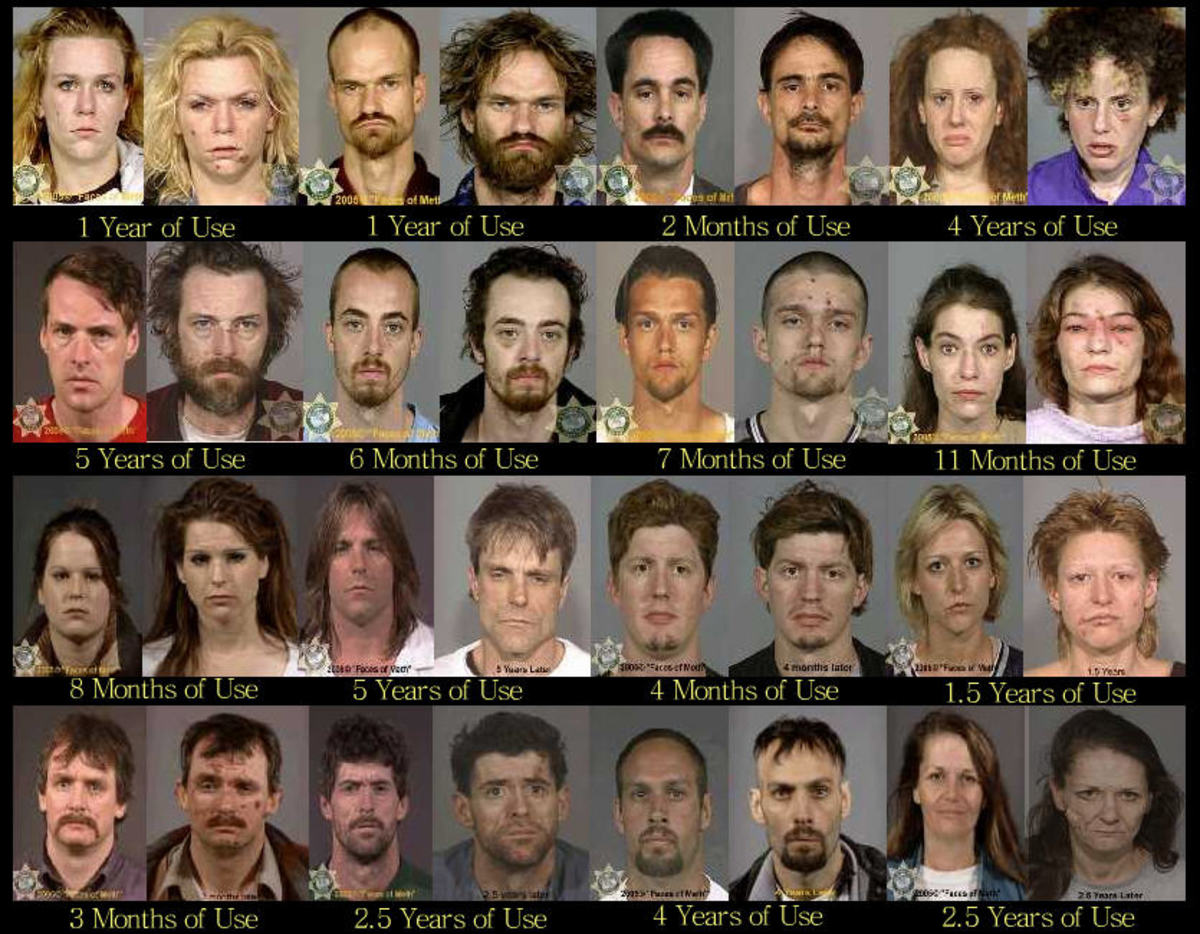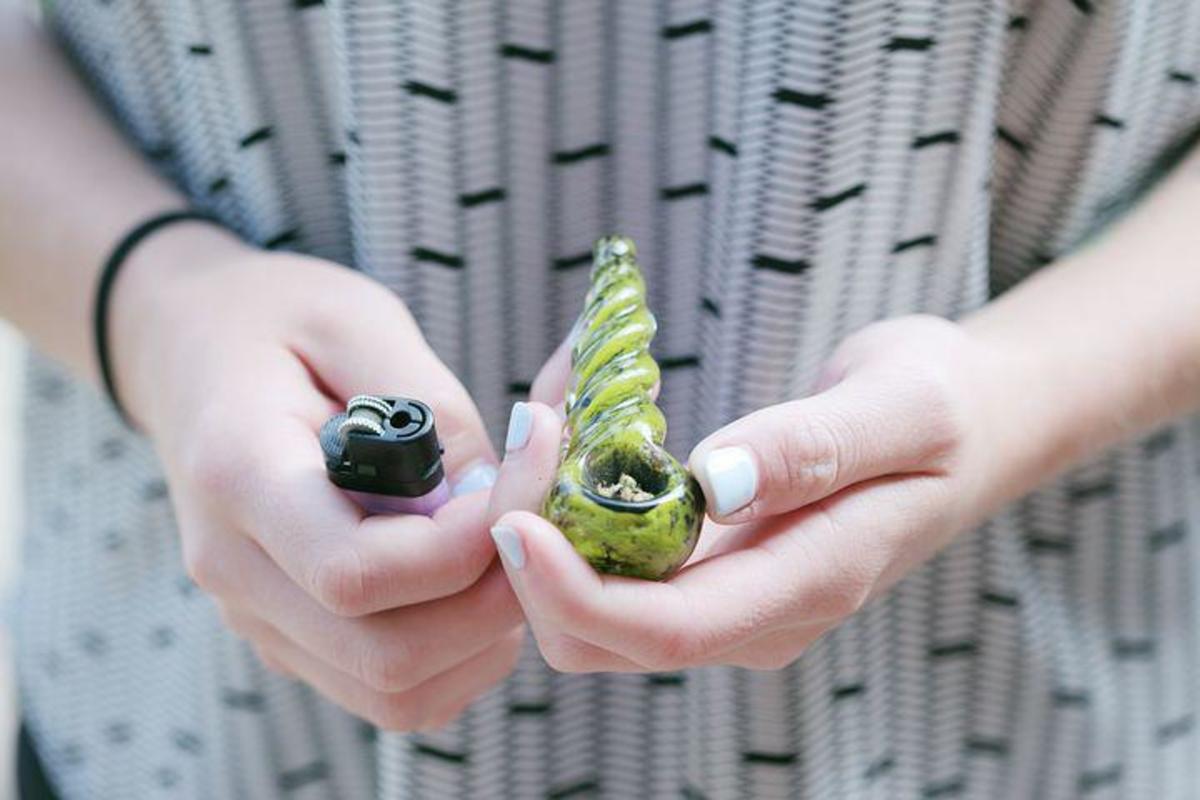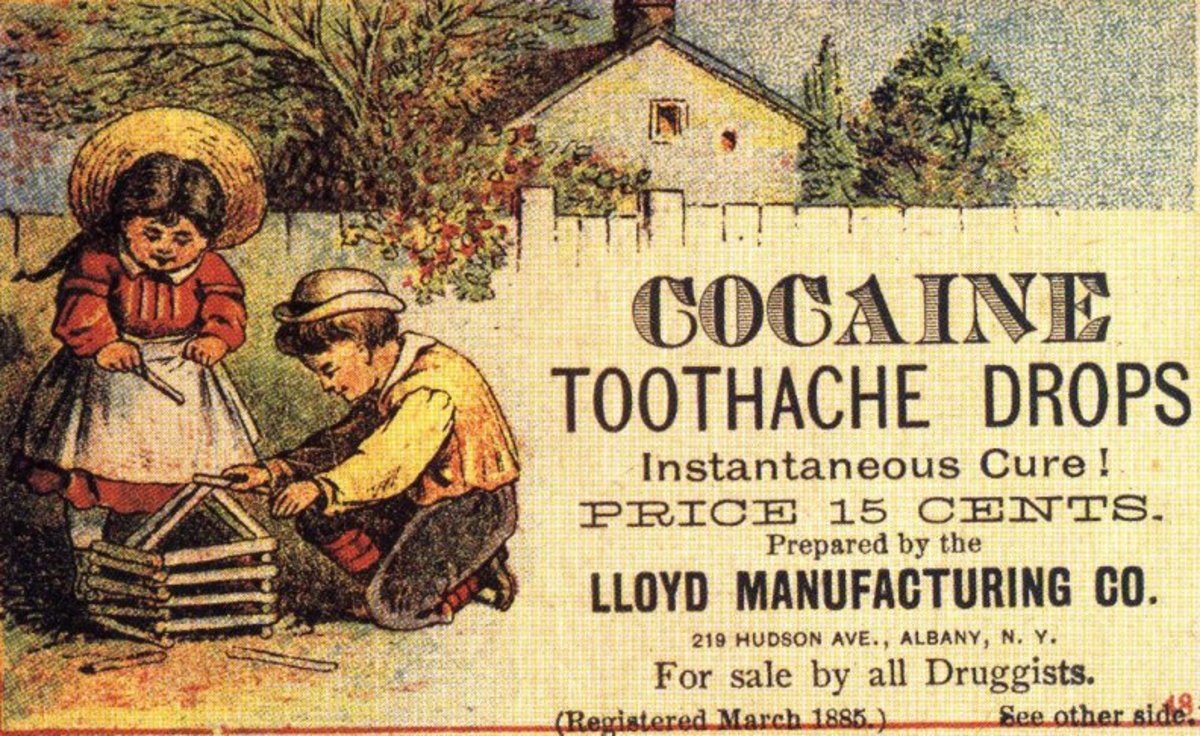- HubPages»
- Health»
- Mental Health»
- Addiction
The Many Drug Addictions Currently In America
Many Drug Addictions In America
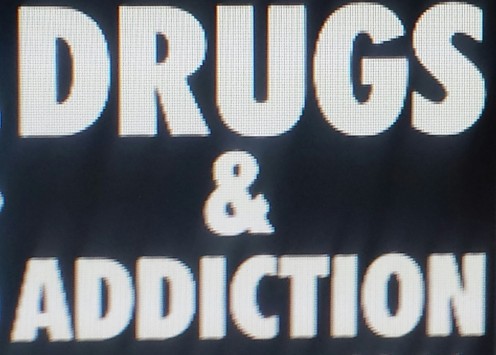
The Downward Spiral With Drug Addictions

Drug Epidemic All Over The Nation
The majority of American citizens carry the belief that hard drugs are only used by those who have been incarcerated, Hollywood celebrities, rockstars, hip hop artist, or only the people who live in poverty. In the modern world this belief is no longer the truth of the matter. The most unsuspecting of individuals are currently engaging in habitual drug use and are becoming addicted to some type of drug each day. In the United States there currently are lawyers, school teachers, police officers, politicians, doctors, firefighters, Silicon Valley computer technicians, and even Wall Street stock exchange traders who are highly addicted to hard drugs. According to the experts working in the field of substance abuse and addictions there are nearly twenty-four million adult citizens overcoming drug addictions at any given time in the United States. The data also reveal that an additional twenty-three million adult citizens once had a drug addiction, but no longer have a drug problem at the present time. Statistics show that only ten percent of the American adult citizens with drug or alcohol addictions are presently in a rehab facility seeking treatment. In the United States there presently are litterly thousands of different events, festivals, concerts, and holiday celebrations where an addict can aquire illegal drugs. Any average drug addict can walk directly into a Mardi Gras festival in New Orleans, New Years Eve celebration in New York, Independence Day festival in Chicago, the Halloween countdown in Detroit, National Marijuana Day in Boston, spring break along Florida's sandy beaches, or at any type of concert nationwide to find there particular drug of choice. The drugs are clearly running rampant all over America today. Addicts commonly aquire there drug of choice in various small towns or even in large cities. An addict can score themselves cocaine white gold in Hollywood, super meth in south Texas, marijuana mayhem in California, hardcore heroin in Ohio, an X-rated cocaine high in the Los Angeles porn industry, big apple cocaine of New York, intense heroin of Pittsburgh, shooting drugs in suburbia areas with the jailhouse addicts, heroin island of New York or commonly known as Staton Island, New York. The surplus of hard drugs are obviously everywhere and there are millions of American citizens with family members that are highly addicted to the many illegal drugs that are widely available.
Krokodil Addictions

A Lady Addicted To Krokodil

A Flesh-Eating Drug
The Krokodil drug is the most highly and incredibly addictive drug currently known to all of mankind. Krokodil is a toxic cocktail that is three times cheaper to produce than heroin and is quickly becoming a major problem all around the world. The illegal and synthetic drug has already been discovered in the United States. At first the Krokodil was seen in Russia, Siberia, and then spread to other countries. It was seen in Germany, United Kingdom, and currently several cases have been identified in different states in America. The drug is commonly manufactured by using ingredients such as Iodine, paint thinner, gasoline, hydrochloric acid, codeine, and the red phosphorus from matchstick heads. Typically the drug visually appears as a dirty, light-orange liquid, and is an excellent replacement for heroin. Some people in the United States are beginning to wake up to realize that they have been injecting the drug without any knowledge about it. The drug is a flesh-eating drug that causes a users flesh to mysteriously rot completely away from there bodies in a very short period of time. A users worst problem typically occurs around the injection site, where the meat of the body simply disintegrates. Common signs a doctor looks for is the green scaley areas of skin. This is how the drug gets the name Krokodil, because the skin resembles the skin of a crocodile. Doctors are also noticing severe bone destruction, complete nerve destruction, bursting arteries in the heart, utter destruction of the muscles, and soft tissue. Generally once a user starts injecting Krokodil the addict very seldom is ever capable of quitting. Many Krokodil addicts will simply deteriate up until death and the average life expectancy of an addict is normally two to three years.
Heroin Addictions
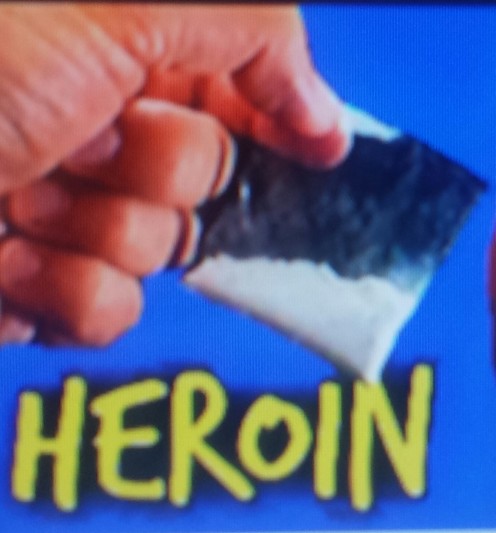
Heroin Is Made From Morphine
The heroin drug is highly addictive and is commonly made from the painkiller Morphine. Typically heroin blocks the users ability to perceive pain and can be purchased in several different forms. It commonly Is sold as white, off-white, brown powder, or a black substance called "black tar" heroin. It is considered a downer drug type that rapidly induces a state of relaxation and a euphoria that changes the brain chemicals in the pleasure centers of the brain. The drug can either be snorted, injected into a vein, or even smoked. Normally when smoked the addict will heat the drug on aluminum foil and inhale the fumes through a straw. Before injection the addict will disolve the heroin by heating it up in a metal spoon with a lighter flame underneath. After injection the heroin crosses the blood-brain barrier and the drug binds quickly to the brains opioid receptors. Heroin users will usually build up a tolerance that leads to increases in frequencies and the quantities of consumption of the drug. The many signs of a herion user normally include dry mouth, sudden changes in behaviors, shortness of breath, constricted small pupils, sudden change in actions, strange cycles of hyper alertness that follow with nodding off, compulsive drug seeking, disorientation, a vey droopy appearance where a person seems to have very heavy arms, or legs. Typical heroin behavior signs include substantial increases in time spent sleeping, lack of interest in usual hobbies, increase in incoherent speech, hostile behaviors, sudden worsening at work, consistent lying, or other deceptive behaviors. Normally after heroin consumption the addict will experience a "rush" that is accompanied by a warm flushing of the skin, dry mouth, and a heavy feeling in the extremities. A rush from heroin can frequently be followed by nausea, severe itching, and profuse vomiting. Other side effects are a clouded mental functioning, picking at the skin, a decreased pain from either physical, or emotional challenges. Many studies have revealed that after five years of herion use the average user has a ninety percent chance of catching the Hepatitis C virus.
Alcohol Addictions

Addicted To The Alcohol

The Number One Abused Substance In America
Over half of American citizens are drinkers and alcohol is the most widespread substance that is currently abused. An estimated one-hundred and thirty-six million Americans drink alcohol regularly. Only about eighty-six million of the alcohol drinkers are considered alcoholics. Roughly seventeen million Americans are heavy drinkers, nearly eighty-two percent of drinkers are drinking underage, and sixty million others are binge-drinking. Alcohol is the oldest and most persistent drug problem mankind has ever witnessed. Nearly half of American eighteen year olds are currently regular drinkers. The unique chemical properties of alcohol makes it one of the most powerful drugs known to humanity. It carries many potent affects that are appealing, highly dangerous, and intensely addictive to many. When a person consumes alcohol for many years it commonly becomes very difficult to live without. Sudden stops in alcohol consumption will produce many withdrawl symptoms. Withdrawl from alcohol symptoms typically begin six to twelve hours after the last drink and grow severe for two to three days. The withdrawl symptoms typically include the tremor shakes, vomiting, the Grand Mal seziures, hyperactivity with heart rates, hallucinations, intense cravings to drink, high fever, nightmares, insomnia, profuse sweating, irritability, severe headaches, possible violence, high blood pressure, extreme convulsions or commonly called the "Rum Fits." A person addicted to alcohol sometimes will experience the withdrawl symptoms for upwards of one month, but the symptoms generally only last for one week.
Marijuana Addictions

A Green And Leafy Substance
The marijuana is widely available all throughout America and is addictive for many citizens. Millions of marijuana addicts do depend upon the drug and there are many controversies about weather the drug is actually addictive. Marijuana contains a chemical commonly called "THC" and the chemical releases dopamine from the human brain. After smoking marijuana an addict will experiance strong pleasures and a very high sense of reward. Commonly users will become dependant on marijuana if they live in extremely chaotic home situations, living with mental illness, extremely high stress levels, genetic predispositions, or sexual trauma as small children. The withdrawl symptoms for marijuana include high irritability, restlessness, violent mood swings, loss of appetite, intense cravings for the drug, and other various forms of physical dicomfort. Although the withdrawl symptoms are not nearly as extreme when compared to alcohol, cocaine, or heroin. Trying to quit marijuana causes heavier symptoms in frequent and heavy users of the drug. These particular addicts have built up a dependance and tolerance to the drug.
Methamphetamine Addictions
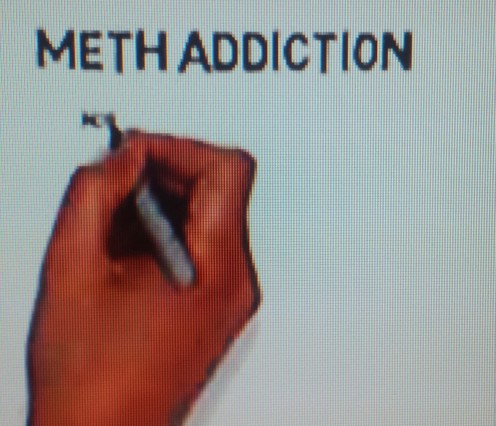
Methamphetamines Cause Mouth Rot
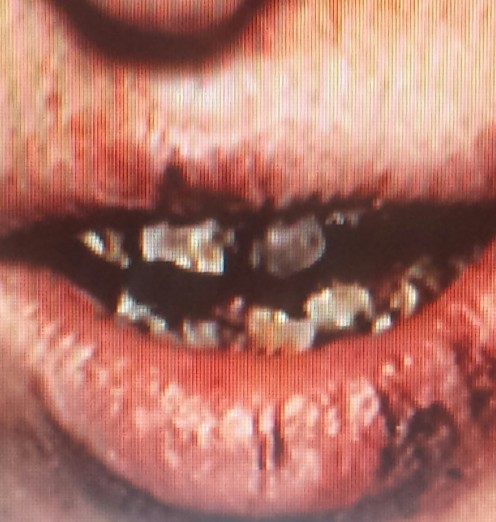
A Cocktail Of Toxic Chemicals
The Methamphetamine drug is a highly addictive stimulant that can either be smoked, injected into a vein, inhaled, or even taken by mouth. It is a highly potent white, odorless, and very bitter tasting crystalline powder. Normally it will quickly disolve whenever placed in water or alcohol. Affects of the drug usually last for six to eight hours, but can sometimes last for upwards of twelve hours. The ingredients for manufacturing meth include battery acid, anti-freeze, cold medicines, paint thinner, fertilizer, iodine, red phosphorus from matchstick heads, brake cleaner, rubbing alcohol, lye, engine cleaner, acetone, ammonia, and even acids commonly used for unstopping plumbing pipes. According to the experts working in the field of substance abuse and addictions there are more than one million people who reported using Methamphetamines in the past year. Some common street names for the drug are chalk, ice, speed, glass, tina, or crystal. Chronic abuse of Methamphetamines causes major problems in every area of a users life. The drug typically causes health problems, job loss, extremely violent behaviors, domestic abuse, divorce, financial ruin, brain damage, homelessness, Hiv-Aids virus, and usually sudden death.
PCP Addictions
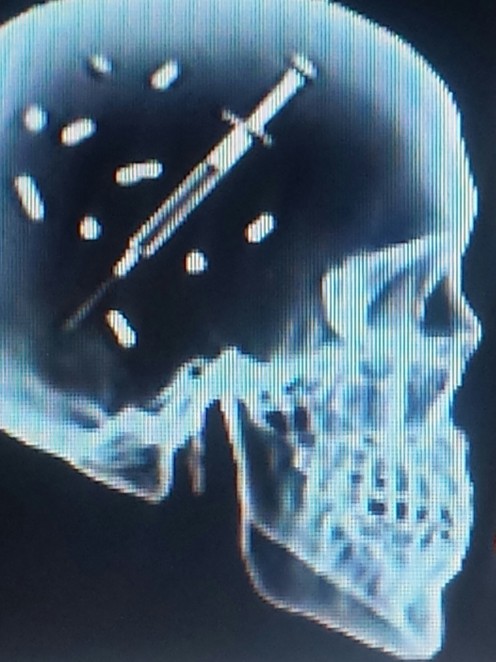
Major Hallucinogenic Effects
In the 1950's, a crystalline synthetic drug was developed for surgical anesthetic purposes. Although it was never used in medicine because of its serious side effects. It causes addicts to become highly delusional and without the abilities to think rationally. Many addicts report feeling as if there observing themselves from up above while under the influence of the drug. It can be taken by tablet, in a capsule, as a colored powder, or even the liquid form is available. Frequently it can be easily snorted up the nostrils, swallowed, or injected into the veins. The common street names for the drug are angel dust, wet, or illy. Typical symptoms normally include intense anger, mood swings, numbness, blank-wall-eyed stare, slurred speach, lacks rational thinking, feeling invincible, hypertension, muscle spasms, long secretions, difficulties paying attention, unable to make proper decisions, memory loss, high anxiety, stuttering, brain damage, and many suicidal thoughts. The withdrawl symptoms are decreased reflexes, weight loss, confusion, difficulties speaking, lack of impulse control, coma, suicide, and sudden death.
Cocaine Addictions

A Very Highly Addictive Drug
The illegal drug cocaine is a powerfully addictive drug that causes a euphoria high that is followed with excessive amounts of energy. It is very similar to the effects of caffeine, gives users feelings of happiness, creates energetic behaviours, and delivers highly talkative behaviors. On average, it often gives users feelings of intense pleasure and greatly increases dopamine levels in the brain. Although cocaine comes with an extremely high risk for being abused and with extremely high dependance rates. Cocaine abuse and addiction are considered to be highly serious medical diseases that are steadily becoming more difficult to address. Typically signs and symptoms of a cocaine addiction can vary widely depending upon the method of ingestion. The soft form of cocaine powder can be inhaled through the nostrils. It can also be disolved in water and then injected through the veins. The common symptoms of snorting the drug could include nosebleeds, trouble swallowing, hoarseness, loss of the sense of smell, and even a chronically runny nose. Common signs for smoking the cocaine are much different than the ingestion or injection methods. The common signs of smoking hard crack-cocaine include extreme irritability, intense mood swings, very high blood pressure, incredibly high energy levels, severe restlessness, and very high anxiety levels. Ingesting cocaine simply by mouth can cause severe stomach ulcers and development of gangrene in the bowels as a result of reduced blood flow. The long term use issues associated with cocaine include respiratory failure, digestive problems, serious skin infections, heart problems, severe allergic reactions, heart attacks, strokes, contracting the HIV virus, or even sudden death. Currently in the United States the Federal Drug Administration hasn't developed any drugs to treat long term cocaine addiction. There presently are different types of medications marketed for many other types of diseases. They commonly include Vigabatrin, Modafinil, Tiagabine, Disulfiram, and Topiramoete. Sometimes in very few cases of cocaine addicts these drugs have shown to display promise, but in the vast majority of other cases this approach has never worked properly at all.
Ecstasy Addictions
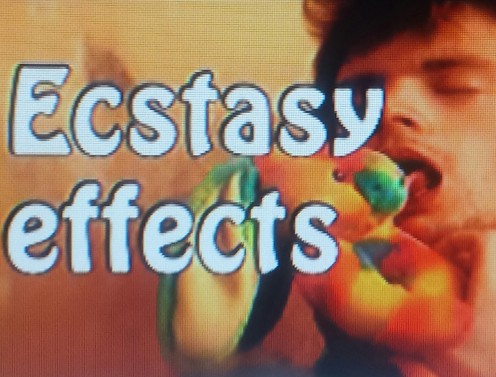
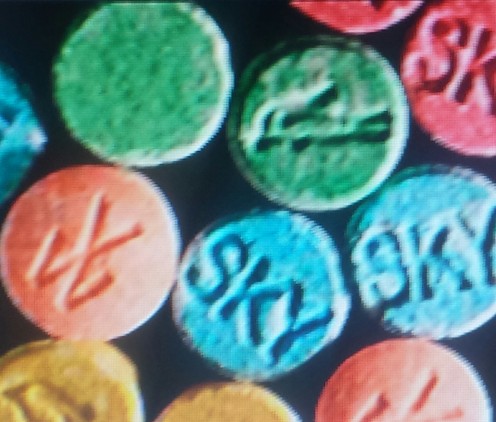
The Number One Party Drug Among Teenagers
The popular ecstasy drug is classified as a synthetic drug. Presently ecstasy is a very popular party drug with high school children and collage children at the universities. A spreading of the drug has become much more widespread within the past decade or so. The ecstasy drug effects can be witnessed most often at popular nightclubs, raves, public schools, or even on college campuses. Typically the ecstasy pill is supposed to contain the drug MDMA, but sixty-six percent of all ecstasy pills sold on the street will instead contain a mixture of cocaine, caffeine, PCP, Ibuprofen, and Methamphetamines. The ecstasy pills sold on the streets in the United States normally only contain twenty-seven percent of the MDMA drug. Ecstasy is generally consumed by pill, tablet, or capsule form. The drug ecstasy is used as a Methylenedioxy-Methamphetamine, which is known as a psycho-active drug. On average, the ecstasy drug is used primarily by young people for recreational purposes. There currently are about four million people each year who abuse the MDMA drug. Truthfully the ecstasy drug is highly addictive and is often extremely easy to become addicted to. The drug gives the user both stimulanting and hallucinogenic effects. On average, the ecstasy drug can be purchased on campus for three to forty-five dollars in cost. Commonly the drug of ecstasy results in millions of users being hospital hospitalized each year in America. The different street names for ecstasy include Molly, X, beans, E, XTC, or the name Adam. It will boost an addicts energy levels, alertness, but also many experiance various distorted events of reality. The drug ecstasy is often used to enhance energy, diminish inhibition, and significantly improve moods. It is known to strengthen feelings of connectedness, improve states of wonderful euphorias, great increases in the pleasures of physical touch, a heightened sexuality level, generally makes the user loose track of time, and highly improves sexual arousal. The many negative risk associated with ecstasy use include muscle tension, higher heart rates, feelings of faintness, dehydration, severe organ complications, many hot, and cold flashes. Usually the drug triggers brain chemicals influencing feelings of love, high pleasure, and great trust. The brain chemical mostly involved is the neurotransmitters of serotonin. Whenever a steady user of ecstasy attempts to quit using they will often discover that happiness is difficult to find. The ecstasy fueled brain has a difficult time finding happiness because the brain has already been completely depleted of it's necessary serotonin supplies used to find happiness. This depletion of serotonin levels triggers depression, insomnia, extreme worries, very poor memory, high confusion, and a increased desire to use the ecstasy drug again.
Call Anytime For Drug Addiction Help



